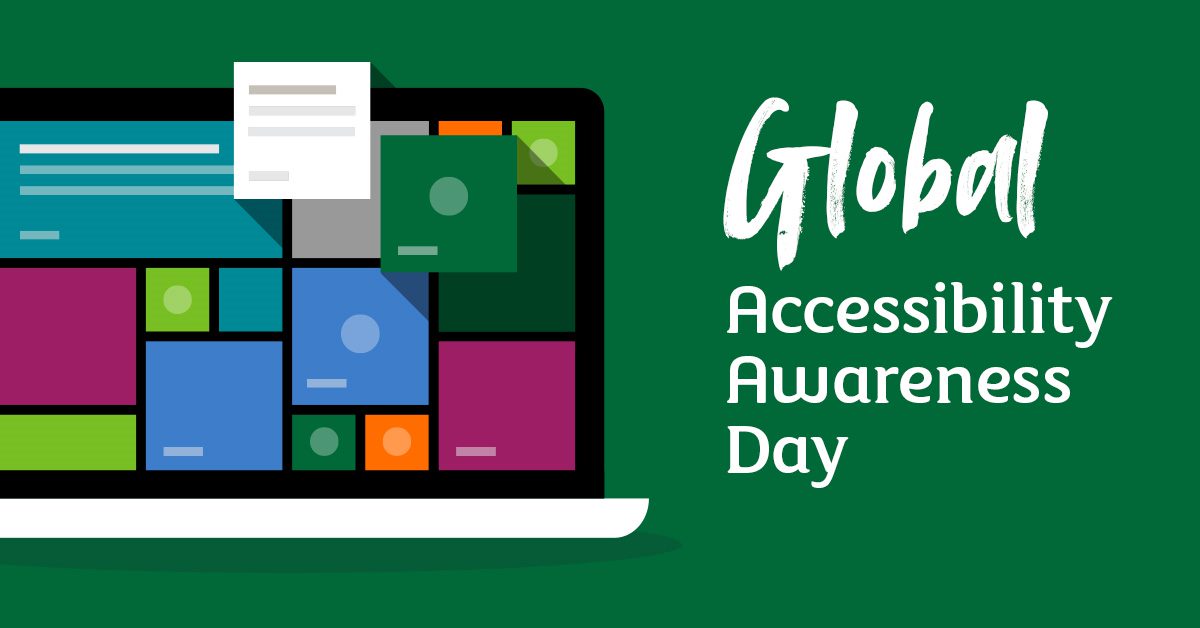Here in the UK, the average user spends more than four hours a day scrolling along on their mobile phones. Unfortunately, a huge proportion of the websites and apps out there occupying all of our time aren’t actually designed with everyone in mind.
Without the right accessibility measures in place, web journeys are filled with constant roadblocks preventing individuals from participating in society.
That’s why serial entrepreneur Joe Devon and accessibility expert Jennison Asuncion teamed up in 2012 to launch Global Accessibility Awareness Day: to push organisations and digital creators across the globe to embrace accessibility guidelines and create inclusive content that everyone can engage with.
Almost 11 years on, the world still has a very long way to go in terms of accessibility and building a web designed to include everyone.
For this year’s Global Accessibility Awareness Day, we thought it would be helpful to put together this quick guide explaining why the event is so important – and what the University of Stirling is doing to play its part.
What is Global Accessibility Awareness Day and why is it important?
At its core, the purpose of Global Accessibility Awareness Day (GAAD) is to get everybody talking.
Despite the fact that some of the world’s top information organisations have embraced and adopted comprehensive accessibility guidelines around content, the sad truth is that a lot of businesses simply aren’t taking advantage of those guidelines.
At present, more than 98% of websites feature homepages with at least one accessibility failure – and they boast an average of 60.9 errors per page. These errors might seem tiny or insignificant to some, but for others they can have a huge impact.
For example, people who are visually impaired rely on alternative text descriptions for images. People who are deaf or hard of hearing rely on captioning for video presentations and visual indicators in place of audio cues.
Then you’ve got people with motor impairments who may need alternative keyboards, eye control or some other adaptive hardware to help them type and navigate on devices. Meanwhile, those with cognitive needs or learning impairments may rely on uncluttered screens consistent navigation and the use of plain language
Zoom out for a bit of context, and these groups represent more than one billion people all over the world who are landing on web pages and trying to navigate content that’s not actually been created with them in mind. This doesn’t even include those with temporary injuries or disabilities and for everyone who is trying to access information with low data or in a loud environment for example. This lack of accessibility affects how people communicate with one another, their careers, what they buy, where they go, where they live, how they learn and everything in between.
That’s why GAAD is so important – and we’d encourage you to learn more about it and how it affects you.
What is Stirling doing to improve accessibility?
According to HESA student data for 21/22, 19% of university students in the UK have a declared disability. That means at least one in five students may have an impairment which affects the way they consume and engage with content online – and this number is actually probably even higher, because we don’t always ‘declare’ impairments.
Likewise, it’s worth pointing out that ‘impairments’ aren’t always disabilities, either. Poor equipment, health issues, low mobile data, noisy locations and everything in between can affect how students interact with content on the web.
As a result, it’s fair to say that digital accessibility is incredibly important at the university level.
We owe it to prospective and current students as well as staff, partners and our alumni to clearly communicate with them in a way they understand and ensure everyone is able to effectively engage with the university and one another.
Here at Stirling, we’ve worked hard to embed a culture of equality, accessibility and inclusion principles are at the core of everything we do. That’s why we’ve created an online Accessibility hub for students to learn more about the support and technology available to ensure they’re able to engage with our content and access all of our services.
Here, students are able to access tools and guidance that can help them to make ‘maps’ of their courses, read text aloud, take notes, caption lectures and videos, make IT adjustments, plan assignments, transcribe class recordings and so much more.
We’ve also adopted SensusAccess.
SensusAccess is an app that allows staff and students to automatically convert documents into a range of alternate media including audio books and digital Braille. It can even convert inaccessible documents such as image-only PDF files, JPG pictures and Microsoft PowerPoint presentations into more accessible and less tricky formats.
At the end of the day, we all have a lot further to go – and that’s why Global Accessibility Awareness Day serves as an important reminder. There is lots of progress being made. But organisations have got to be the change they want to see in order to make the web an accessible place for everyone.
To learn more about Global Accessibility Awareness Day, check out the GAAD website. You can also learn more about accessibility and learning support at the University of Stirling by visiting out website – and if you have any questions, please contact our Accessibility and Inclusion Team.

